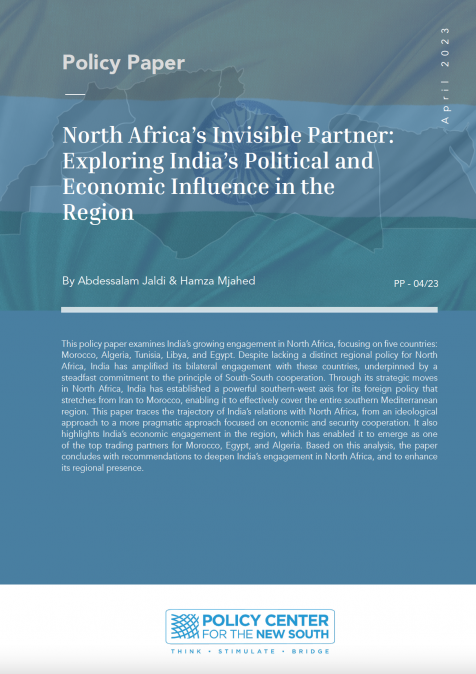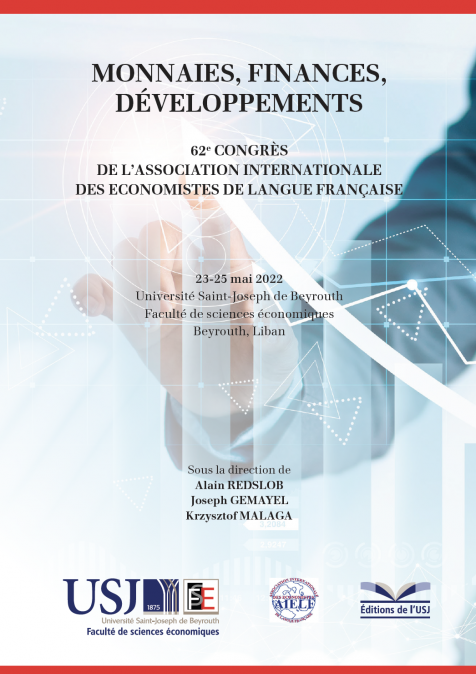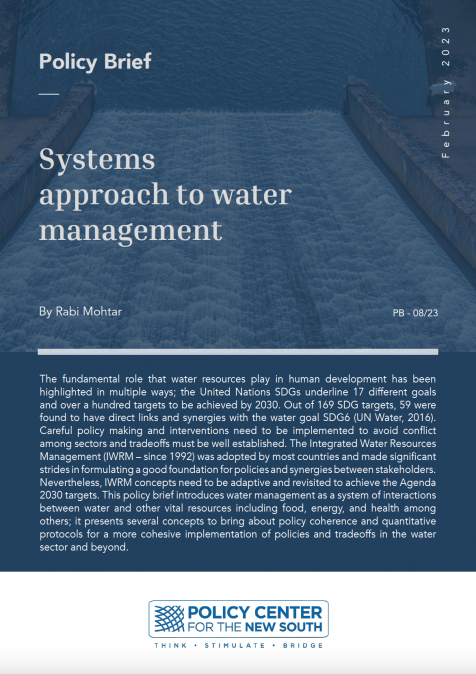Publications /
Opinion
A Global Deluge is Needed
The phrase “rural Africa” evokes vivid images of remote communities battling droughts and floods, where wandering elephant herds plunder scarce farmland, and aging lions encroach on villages, preying on dogs, chickens, and occasionally even humans. These once-majestic predators, having lost their teeth, can no longer hunt their natural prey. In these rural villages, survival often means living without running water, enduring what is termed “water stress”. Young girls walk barefoot daily to distant, nearly dried out wells, carrying five or ten liters of water, shared with their cattle and grandparents. Tens of thousands, abandoned by once-reliable water sources now turned to dust, search desperately for a drop of water in far-off, often hostile regions. Some rivers offer the promise of survival, but drinking from them can lead to diarrhea, typhoid, or cholera.
A 2015 UNICEF report highlighted that girls and women in Sub-Saharan Africa spend an estimated 40 billion hours annually collecting water—time equivalent to a year’s work for an entire work force in some nations. Girls drop out of school, not to pursue education, but to replace mules in the labor of water collection. No rain means no writing class or knitting lesson. Rabi Mohtar, whose Policy Brief on “Promoting Development in Rural Africa through Water Management and Security” was published by the Policy Center for the New South (PNCS), extends his focus beyond the desperate rural communities in Africa to the global crisis of water scarcity. Mohtar highlights a staggering reality: “The agricultural sector is responsible for 72% of global water withdrawal, and it is the biggest employer of the world’s most vulnerable and poor population.” His study highlights a worldwide drama, intensified by the climate crisis, which not only threatens the African continent but the survival of humanity itself. According to estimates by the FAO, food production will need to increase by 50% by 2050 to ensure sufficient food for all.
Agriculture accounts for 35% of Africa’s total GDP, “yet receives a mere 4% of total government expenditure”. Mohtar underscores the dire choices facing the continent—starvation or deadly dehydration—asserting that “an integrated approach to water management is the only way to close the water gap”. He notes that “about 85% of Africa’s water withdrawals are for agriculture, and even though 25% of the world’s arable land is in Sub-Saharan Africa, the whole of Africa produces only 10% of global agricultural output”.
Between Outrage and Desperation
The African water crisis is a drama teetering between outrage and desperation. As Mohtar writes, “Africa has nearly one-third of the world’s international water bodies, with around 80 international rivers and basins. Despite this, cooperation is lacking, and almost no shared governance plans exist, leaving rural communities vulnerable to conflict and deprived of access to water.”
A 2016 study calculated that the number of people suffering from water scarcity rose from 0.24 billion (14% of the global population) in the 1900s to 3.8 billion (56%) in the 2000s. (“The World’s Road to Water Scarcity: Shortage and Stress in the 20th century and Pathways Towards Sustainability”, Scientific Reports volume 6, Article number: 38495 (2016)). In the 20th century, water usage increased at more than twice the rate of population growth.
In Africa, between 75 and 250 million Africans could face a lack of access to fresh water sources, potentially leaving them in dire conditions. By 2025, 1.8 billion people globally are expected to live in countries or regions experiencing absolute water scarcity, with two thirds of the world’s population potentially living under conditions of stress. Even more dramatically, by 2050, over half of the world’s population is expected to live in water-stressed areas, and an additional billion people may lack sufficient water, according to a study by MIT scientists titled “Predicting the Future of Global Water Stress” (January 9, 2014). The 2019 “Global Risk Report” by the World Economic Forum listed water scarcity as one of the most significant global risks in terms of potential impact over the coming decades. The Center for Strategic & International Studies also highlighted the “Importance of Water in Foreign Policy”, emphasizing that water scarcity “can cause a significant national security concern through its impact on health, stability, prosperity and resilience” ( January 10, 2022). Globally, one in four people lacks access to safe drinking water, and about half of the world’s population is without access to basic handwashing facilities. The United Nations estimates that of the 1.4 million cubic kilometers of water on earth, only 200,000 cubic kilometers is freshwater available for human consumption. A mere 0.014% of all water on earth is both fresh and easily accessible (“The water crisis and its solutions-we need to take action now”, WaterStillar, September 20, 2021). The remaining water is 97% saline, with a little less than 3% being difficult to access. The easily accessible freshwater, such as rivers, lakes or groundwater, is estimated at 14,000 cubic kilometers, of which humanity uses and reuses just 5000 cubic kilometers.
At COP 26, Greenpeace reported that an entire pavilion was dedicated to water, highlighting its central role in both the impacts of climate change and potential solutions (Karen Nkatha, March 22, 2024). Climate change is drastically affecting weather patterns and exacerbating water scarcity issues. Economic decline and conflict induced by water scarcity also play a significant role in migration, with 10% of migration between 1970 and 2000 linked to water deficits. Rabi Mohtar, in his PCNS Policy Brief, confirms that access to reliable water resources has been “a major driver of migration”.
Uneven Distribution of Resources
The major international water basins in Africa include the Congo/Zaire, the Nile and the West African basins. While Africa’s irrigation potential totals 42.5 million hectares, only 13.4 million hectares are currently irrigated, with water distribution remaining highly unequal. Lowland cultivation constitutes just 13% of the total water-managed areas in Africa (FAO, 2016). More than one-third of African countries, comprising over half a billion people, are considered water insecure. Africa, unsurprisingly, is the second driest continent globally, after Australia.
Statistics reveal that 5.52 billion people out of a global population of 7.78 billion in 186 countries face water insecurity today, with 1.34 billion of these people living in Africa. Roughly two-thirds of Africa is categorized as arid or semi-arid, despite the continent possessing close to 9% of global freshwater resources. Greenpeace suggests that this “is primarily because of the uneven distribution of these resources, as 54% of the continent’s supply is held by only six countries, while 27 of the nations facing severe water poverty share only 7%”. Consequently, over half of the population in Sub-Saharan Africa lacks access to safe drinking water, and an estimated 160 million people across the continent live under conditions of water scarcity.
Rural Africa is bearing the brunt of water scarcity, though even in modern cities like Johannesburg, South Africa, taps frequently run dry due to insufficient water management practices. In South Africa, this inadequacy is starkly evident in the country’s aging and poorly maintained water infrastructure, characterized by leaky pipes and faulty distribution systems. These issues lead to significant water losses and a decline in overall quality of water at the source.
In Kenya, the state of Nairobi’s rivers exemplifies the severe water pollution issues plaguing the country. Decades ago, these rivers were vital and vibrant arteries in the country’s capital. However, industrial activities and human settlements have become catalysts for escalating pollution. Today, Nairobi’s River carries a toxic mix of untreated sewage, agricultural runoff, and plastics, rendering the water unsafe for both human and animal consumption.
Shocking Numbers
Wasteful water use in agriculture is a major contributor to water scarcity, with approximately 60% of the 70% of freshwater used for irrigation globally being lost as a result of unsustainable practices. These include cultivating water-intensive crops in unsuitable environments and using inefficient irrigation systems. Somalia is one of the countries severely affected by the water crisis, facing prolonged droughts and unexpected floods that have drastically reduced groundwater supplies. As a result, 69% of Somalia’s population, already living below the poverty line, is at risk of losing access to water due to high retail prices and potential conflicts over this scarce resource.
Africa’s economic prosperity is heavily reliant on sectors that depend on water, particularly agriculture, which is the backbone of economies in countries like Sierra Leone, Rwanda, Burundi, Guinea- Bissau, and Liberia. Unfortunately, as Karen Nkatha notes, “the prolonged droughts recorded in the past few years have significantly lowered crop yields, triggering economic devastation across the continent”.
Rabi Mohtar’s paper highlights a stark disparity in agricultural productivity. According to the World Bank (Our world in Data, 2024), the value added per farm worker in Sub-Saharan Africa was around USD 1,500 in 2019, while a U.S. farm worker’s productivity exceeded USD 100,000. “These shocking numbers clearly point to the need to invest and improve African farm productivity,” Mohtar asserts.
The most pressing need is for substantial rainfall to replenish rivers, damns and lakes, transforming arid lands into fertile grounds. Such changes would not only enable rural African girls to learn how to spell, count or play the xylophone, rather than spend their days carrying rusting water buckets through the bush, but also connect them with their cultural heritage and historical figures like Nelson Mandela, Miriam Makeba, and Umm Kulthum. Furthermore, it would enable people to once again enjoy local safe water sources, free from the threats of cholera, typhoid, and pollution brought about by modernity.









